|
Caronport
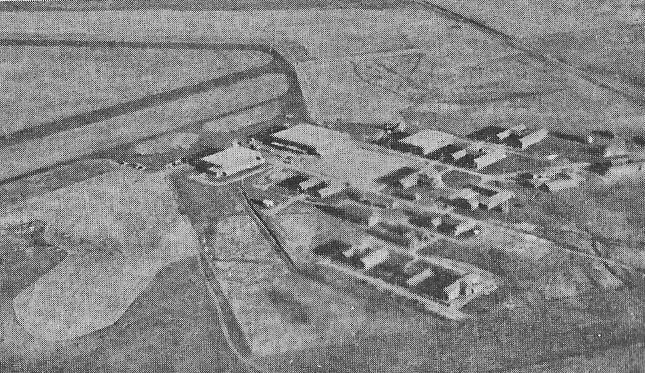 1944 Number
33 Royal Air Force Elementary Flying
Training School, Caron, Sask., was
constructed in the late months of
1941 at a cost of $1,169,319.70. Its
role was to train student pilots in
the primary skills of flying in
preparation for advanced flying
school courses. Characteristically
an R.A.F. unit throughout its
complete history, it officially
opened under the command of Wing
Commander A.N. Worger-Slade on Dec.
17th, 1941,with 335 personnel of all
trades. Flying training began on
Jan. Ilth, 1942. The inventory
consisted then of 56 DeHavilland
Tiger Moth biplane training
aircraft.
Flying advanced, despite winter hardships and the haste in which they had to establish themselves in a facility that was neither complete or ready, at an average of 90 hours flown per day. By the end of April 1942, 275 hours per day flying training was realized. Personnel then numbered near 700 of all ranks, including pupils. On May 25th, 1942, Number 33 E.F.T.S. became the first jointly operated R.A.F. Civilian School in Canada when the Boundary Bay Flying Training School was established at Caron. Mr. Leslie J. Martin was Managing Director while Squadron Leader Haward, R.A.F., replaced Wing Commander Worger-Slade as Officer Commanding air force personnel. The only significant change was the release of R.A.F. tradesmen for duty in England and the presence of civilian men and women working and living on the air station. R.A.F. personnel continued in the flying training category trades. In 2000
remnants of the old airbase could
still be seen.
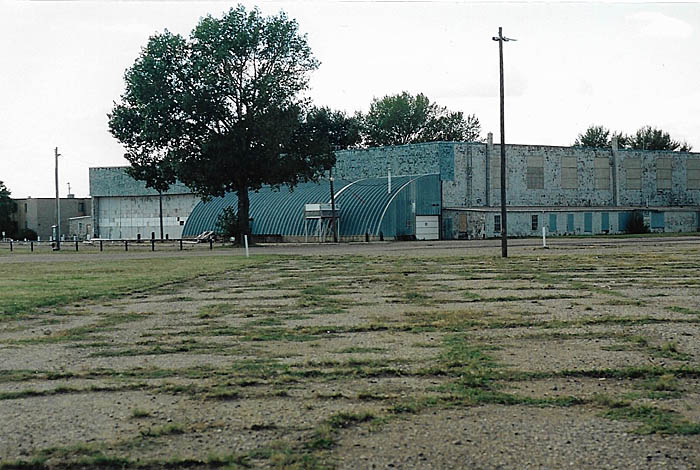  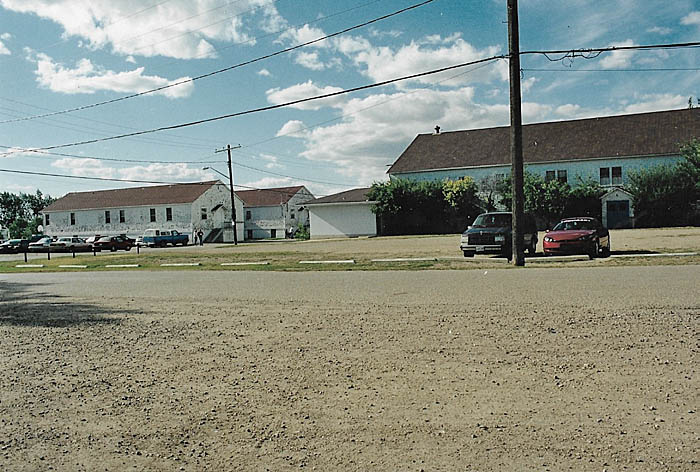 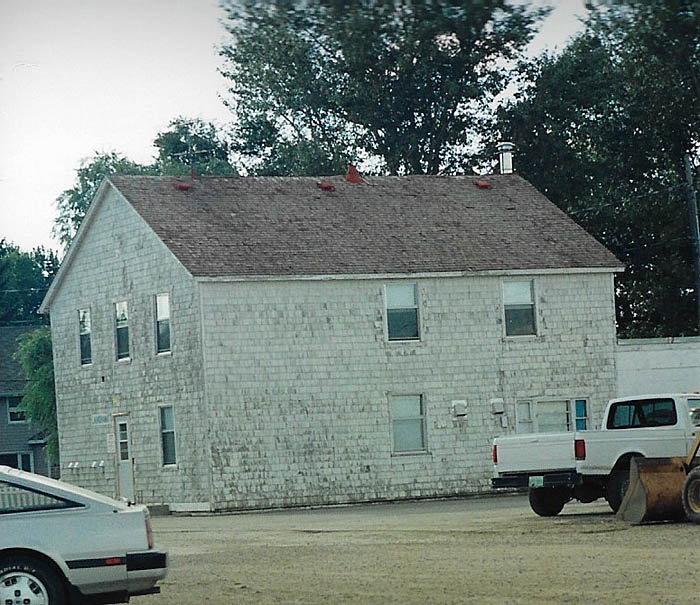 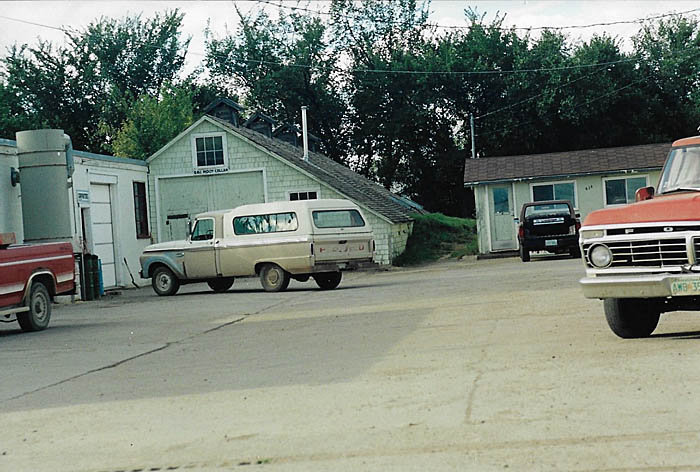 Number
33 E.F.T.S. finally closed on
Jan. 14th, 1944, although the
air station continued in use as
a Relief Field for Number 32
Service Flying Training School,
Moose Jaw, until that unit was
disbanded on Oct. 17th, 1944.
The equipment was dismantled and
moved away. A few buildings were
torn down and some were moved to
locations in towns or villages
nearby. Such is the Royal
Canadian Legion Hall in Caron,
which was the original Guard
House. The Briercrest Bible
College took over the site and
buildings in 1946.
Ten airmen lost their lives in training accidents and are buried in the Caron Cemetery. In all 1,837 pilots were trained at Caron. 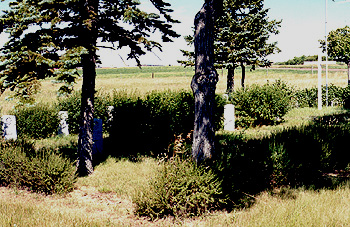 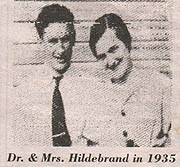 During
the 1930s Sinclair and Isabel
Whittaker along with their
friends from the village of
Briercrest conceived the idea of
starting a Bible school in one
of the town's vacant buildings.
In May 1, 1935, Mr. Whittaker
met with the young pastor and
evangelist Henry Hildebrand and
invited him to become the pastor
of the newly formed Briercrest
Gospel Assembly. Henry shared
the Whittaker's love for Bilble
teaching but he was hesitant as
to whether he was the man to
further their dream of starting
their own Bible school. However,
the Briercrest believers work
and persistence paid off and 11
local students enrolled in
classes on October Ilth, 1935,
in the small village of
Briercrest.
By 1938 enrollment had grown to 69 students. Mr. Whittaker arranged to have the store he owned in Rouleau torn down, and to then have the lumber hauled to Briercrest in order to build a new town hall. In exchange for this new town hall the village gave the vacant Yale Hotel to the growing school. 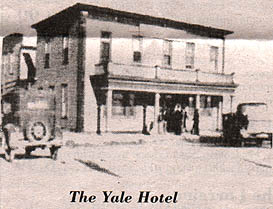 With
the end of the war there was
an influx of students. With
no water supply and few
vacant buildings the
question was could the
village of Briercrest
contain them and the answer
was NO! Mr. Whittaker had
always dreamed of using one
of the post-war empty air
bases for the Bible School
Campus. He used his talents
as a former MLA and his own
personal funds to secure
Caron Air Base for his
beloved Bible School. In
1946, the young school moved
to the base (later to be
named Caronport) where Mr.
Whittaker continued to
devote his energy and
resources until he died in
1974 following a stroke.
Isabel Whittaker taught
English and Speech in the
school and sacrificed many
of life's material pleasures
in order to see the growth
of Briercrest Bible
Institute.
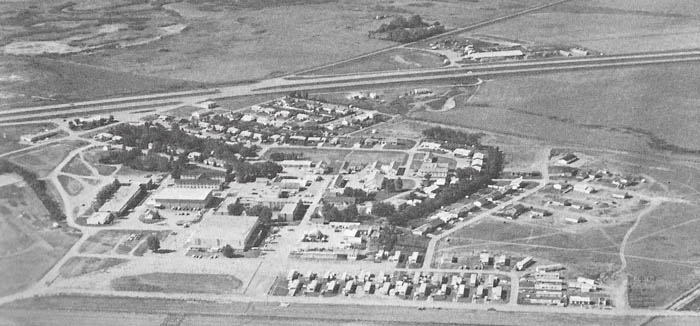 1982 Amost
60 years has passed and a
great campus has been
built on that wind swept
prairie airbase. An
unlikely location, you
might feel, for the
largest Bible College in
Canada. In addition to the
Bible College, Caronport
High School, a Christian
day/ residential school,
and Briercrest Biblical
Seminary are also located
at Caronport. These last
60 years have seen
thousands and thousands of
Briercrest graduates leave
their
"home-away-from-home" on
the prairies to serve in
communities all over the
world.
Caronport
September 2000
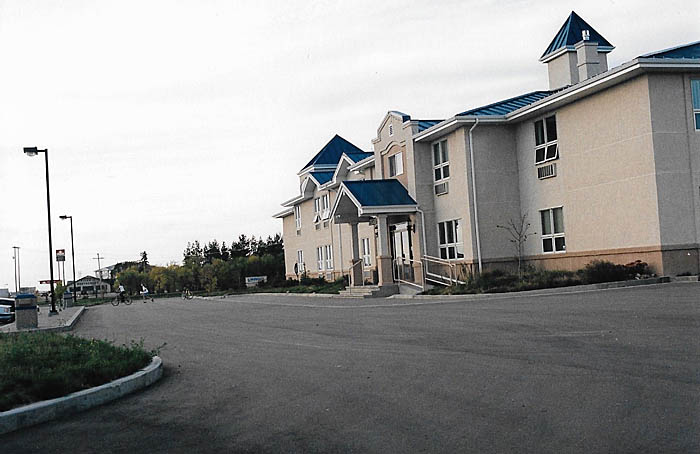 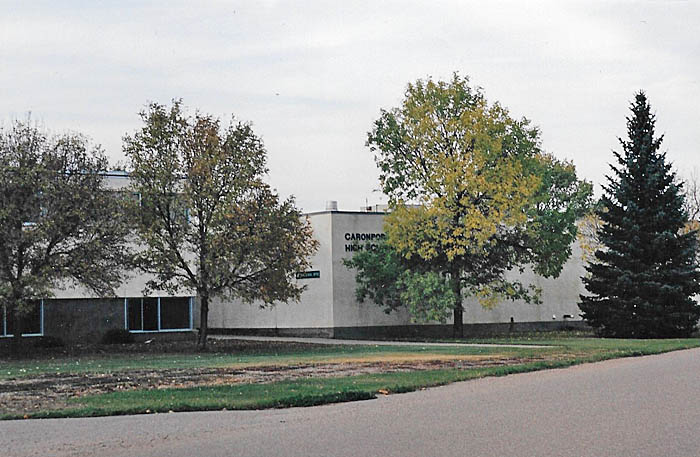 Above: Caronport High School 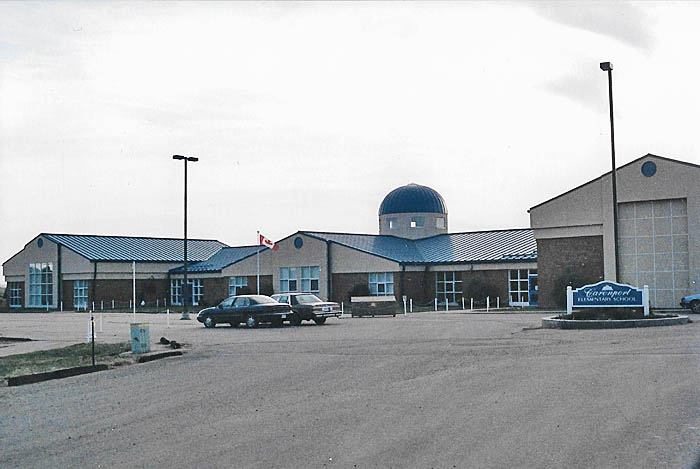 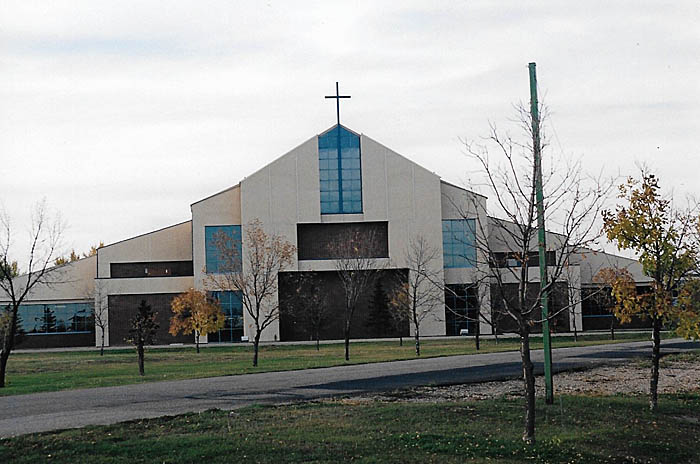 Above: The Hildebrand Chapel What
happened to the
young Henry
Hildebrand who
wasn't sure
whether he was the
man to start this
great undertaking?
The Whittakers'
faith in him was
fulfilled - he
served as
President and then
Chancelor of
Briercrest Schools
for almost 60
years. In1979 he
became the
recipient of the
Order of Canada
for his
outstanding
service to his
country, its'
citizens and
humanity at large.
In 1992, on the
occassion of the
125th Anniversary
of the
Confederation of
Canada, he was
cited as "Man of
the Year, 1991, by
Governor General
Ray Hnatyshyn.
|
